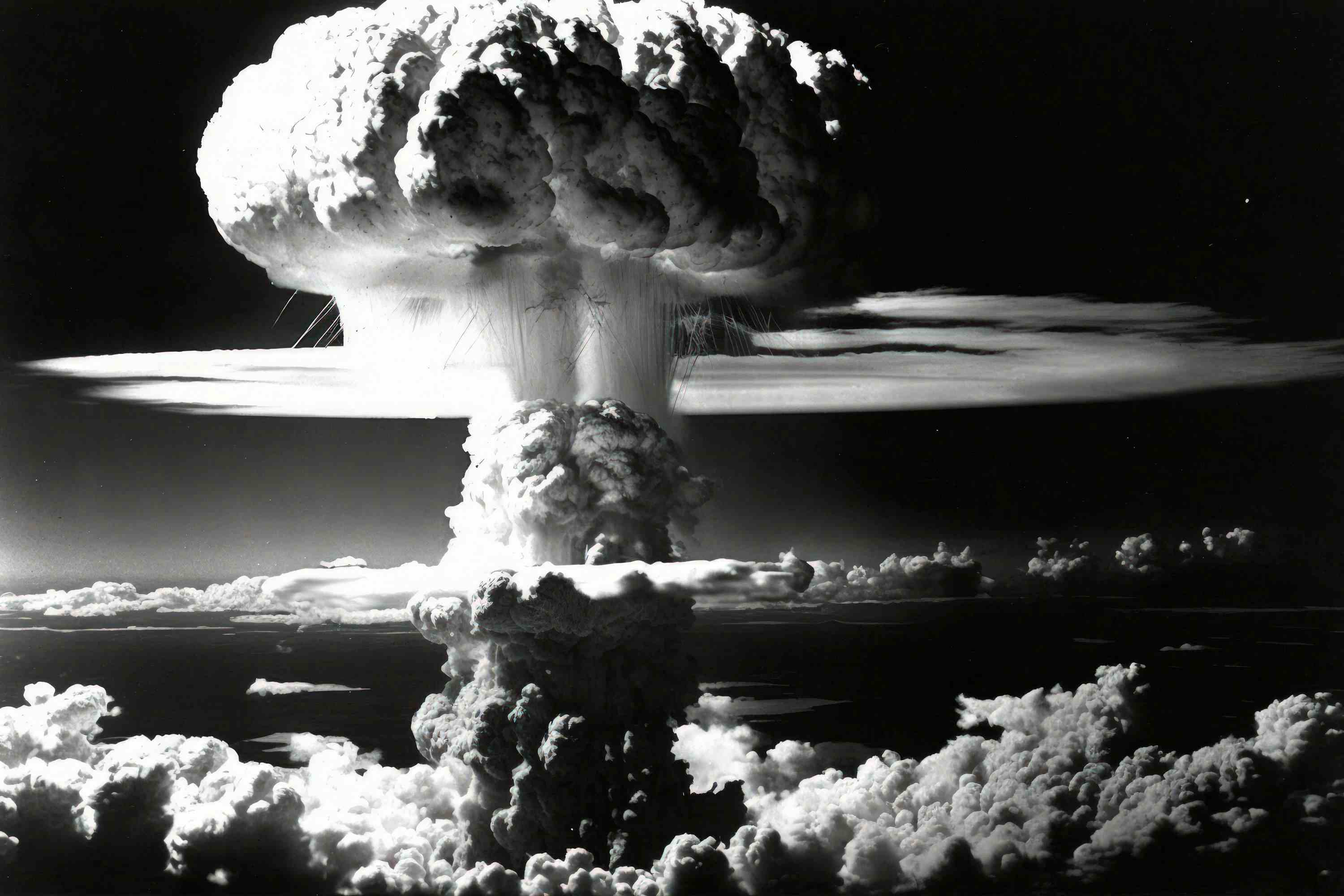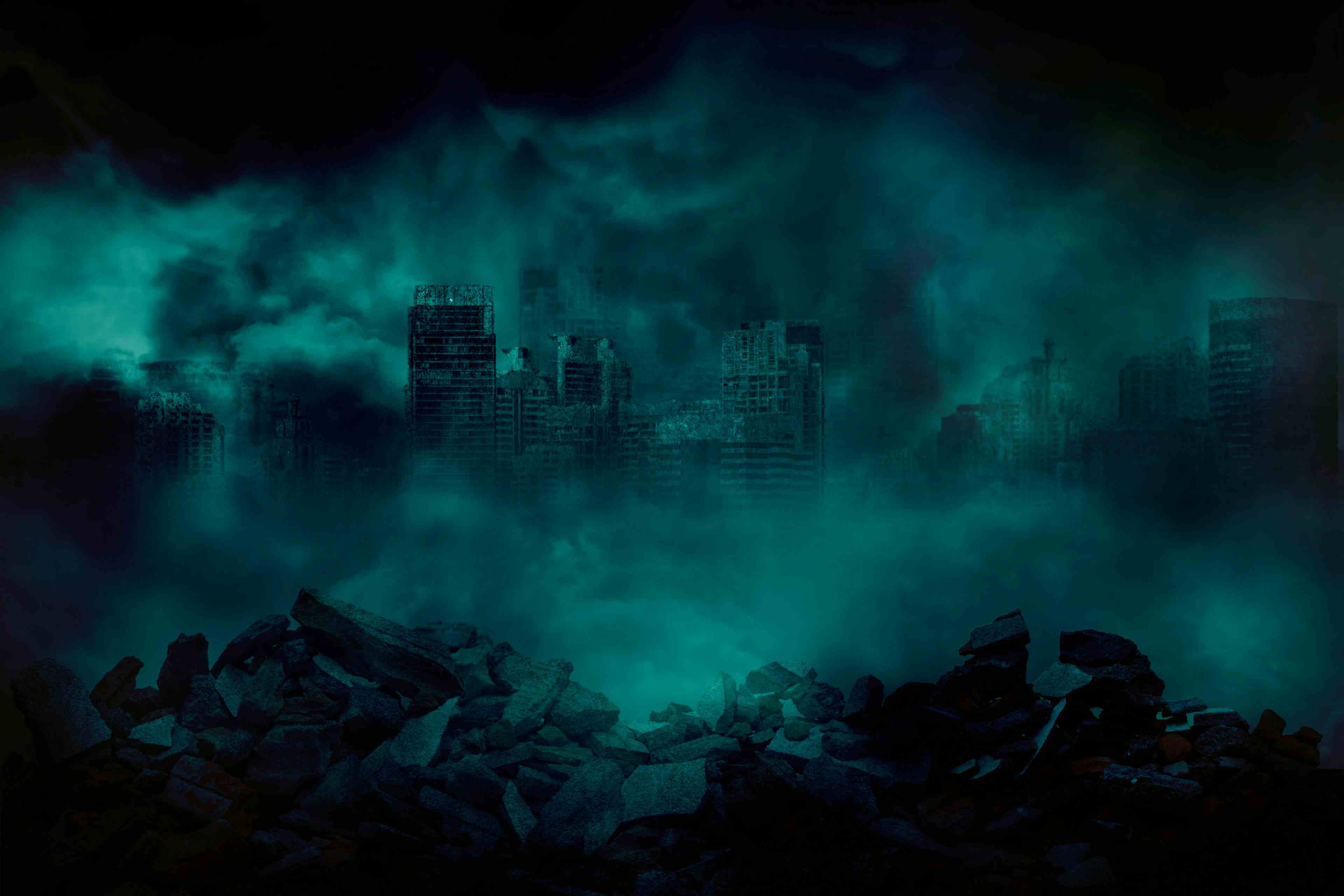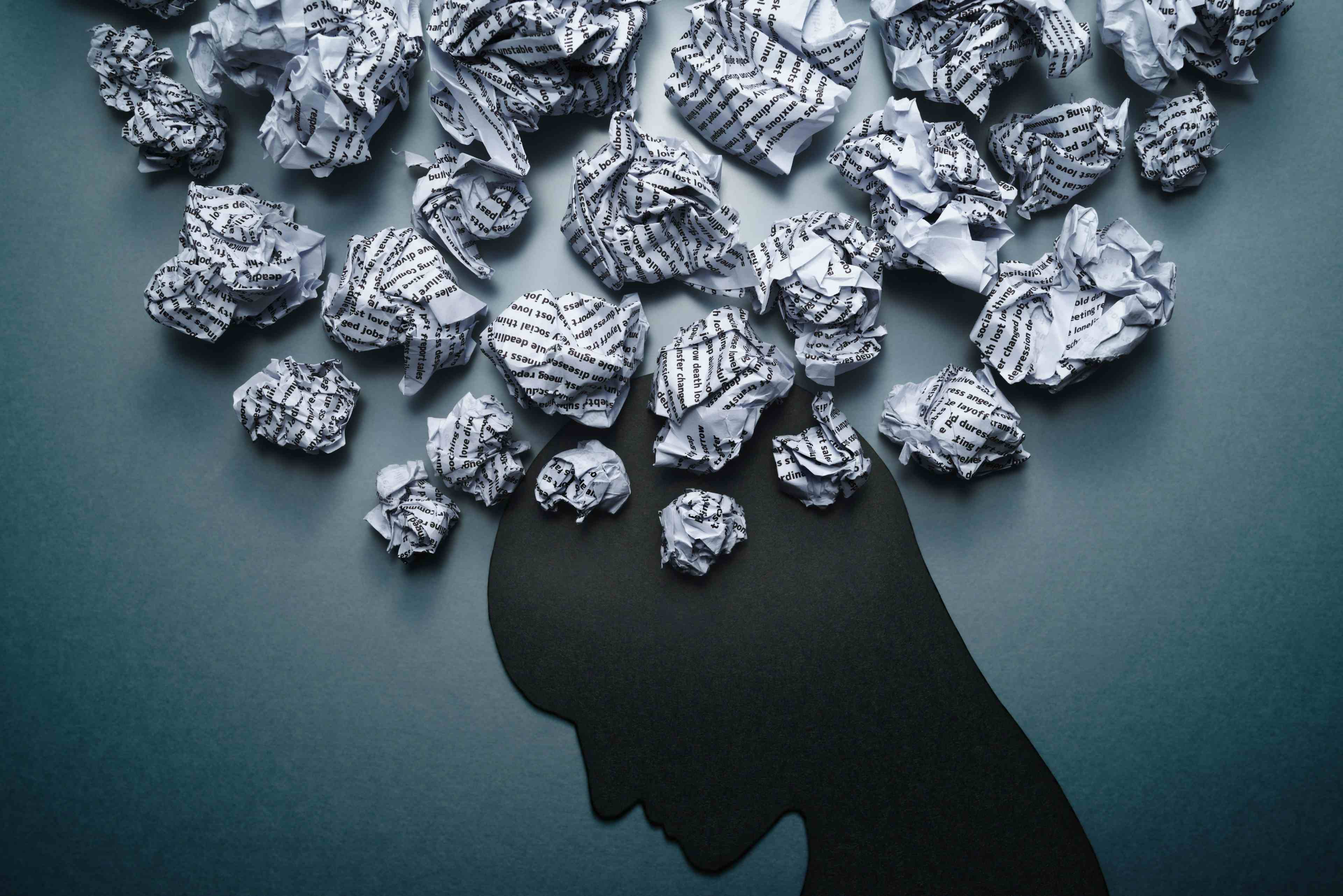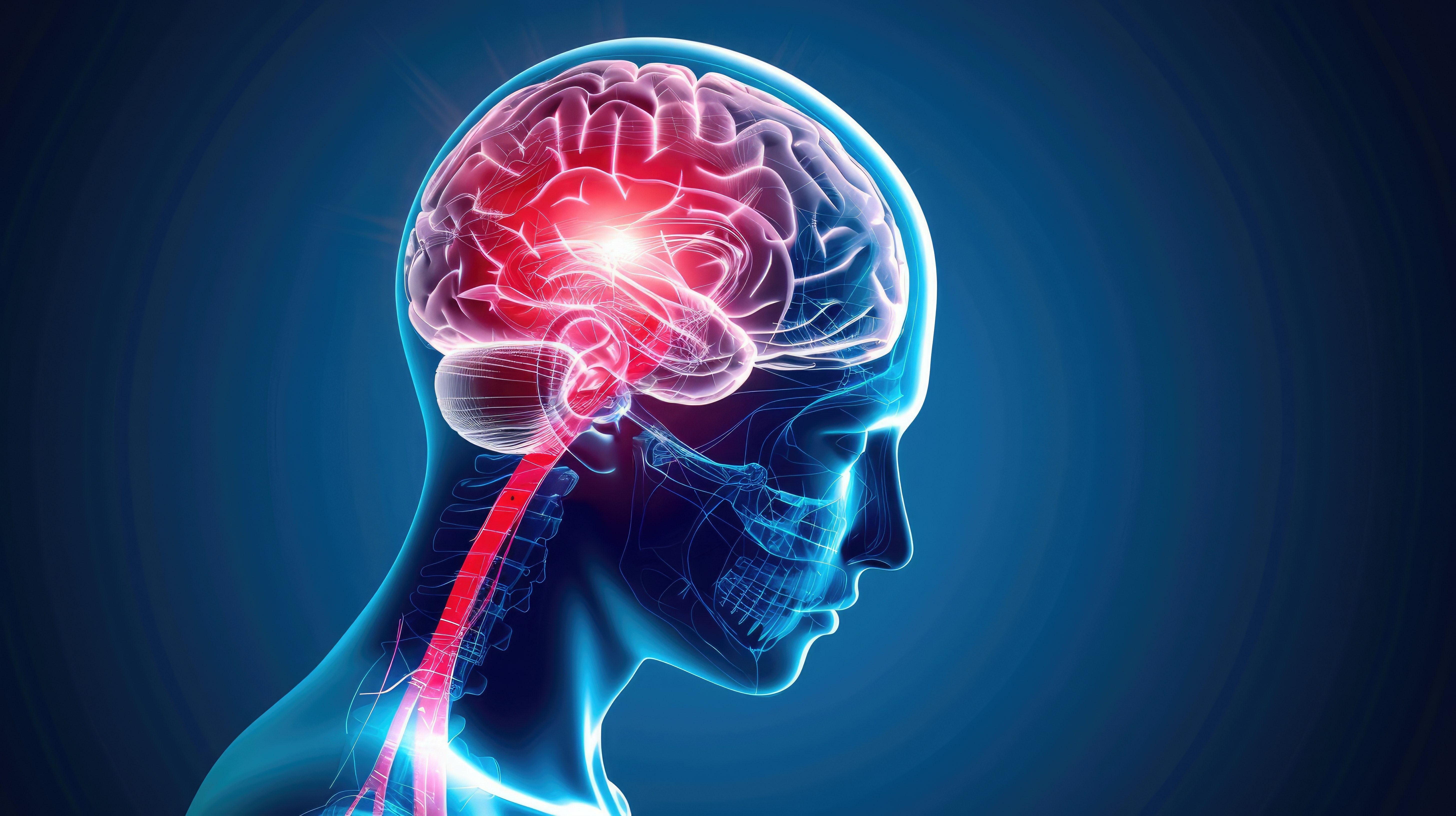Article
The Columbia Mall Shooting
Author(s):
In periodic entries in his journal, the Columbia Mall shooter acknowledged having a “general hatred toward others.” He had insight into his deteriorating condition, as he felt himself slipping away from rationality and health.
[[{"type":"media","view_mode":"media_crop","fid":"23738","attributes":{"alt":"mall shooting","class":"media-image media-image-right","id":"media_crop_1372615538816","media_crop_h":"0","media_crop_image_style":"-1","media_crop_instance":"1955","media_crop_rotate":"0","media_crop_scale_h":"0","media_crop_scale_w":"0","media_crop_w":"0","media_crop_x":"0","media_crop_y":"0","style":"float: right; margin: 5px;","title":"","typeof":"foaf:Image"}}]]On Saturday, January 25, Darion Marcus Aguilar, 19, entered the Zumiez skate shop at the Columbia Mall in Maryland and shot Brianna Benlolo, 21, once, and Tyler Johnson, 25, multiple times, then put the 3-foot-long shotgun he had used to kill them in his mouth, pulled the trigger, and joined them in death.
Once again, as with so many other multiple murders, no motive was immediately apparent. And once again, the words “senseless” and “meaningless” were used to fill the vacuum of non-comprehension. The first clues came from the police who read Aguilar’s journal, found in his home in College Park soon after the murders.
In periodic entries he made to this journal during the previous year, Aguilar acknowledged having a “general hatred toward others.” He wrote about killing people, said he was “ready to die” and stated that an unspecified plan had been “set.” He spoke only generally about his murderous intent and said nothing about a venue for the projected event.
Aguilar acknowledged in his private text that he was mentally ill and regretted that he had not reached out for help. He had insight into his deteriorating condition, as he felt himself slipping away from rationality and health. And he had compassion for his family, apologizing ahead of time for the destructive action he was about to take.
For Darion Aguilar, to be “ready to die” at the age of 19 meant breaking his tie with a world he had never been sufficiently anchored in. To develop an adequate sense of self-a viable identity-a person has to master certain challenges presented by his environment, which, in the early years, involve mostly the family. Later, school, work, friends, love interests and a looming adulthood offer more complex challenges.
Aguilar’s mother separated from his father in 1999, when the boy was about 4 years old. We have few details about this family, but the darkness that pervades Aguilar’s journal suggests there was never much light in the boy’s life. At age 19, hope was nowhere on his horizon.
At some point, Aguilar’s unmet expectations and needs drove him to an anger and hatred that were projected onto everyone and everything around him. He kept these feelings hidden from his family and friends, who saw him as mild-tempered and introverted. As his anxiety, anger and depression-the main components of his mental illness-mounted, his relation to the world and everyone in it was pathologically transformed. He could not, or would not, sustain the diminishing stake he had in this world. Isolated, despairing, he felt that his life was not worth living, and decided to end it.
Not satisfied with just killing himself, Aguilar took with him two surrogates whose death would be part of his revenge against the world. By all accounts, Brianna Binlolo, a beautiful woman, with a two-year-old son, and Tyler Jackson, who appeared to be doing well in his struggle against drug addiction and was helping others deal with their addiction, had done him no harm. But by Aguilar’s reckoning, they too had to be destroyed, and exit the world alongside him.
We can think of Aguilar as acting with a pathologically transformed rationality that made sense only to him. His life was, as the psychiatrist J. H. van den Berg put it, the “different existence” of someone who is mentally ill, though there is no evidence that he was ever psychotic. Misusing his freedom, he methodically accomplished his pathological goal.
Considering the nature of Aguilar’s illness, there is good reason to believe that his tragic end could have been prevented if the severely defensive stance he adopted toward the world had been challenged by psychotherapy, and medication had been used to manage his symptoms.
Disclosures:
Dr Muller is currently working on a guide for diagnosing mental illness that is based on the psychobiology of Adolf Meyer and the Johns Hopkins perspectives of psychiatry.















